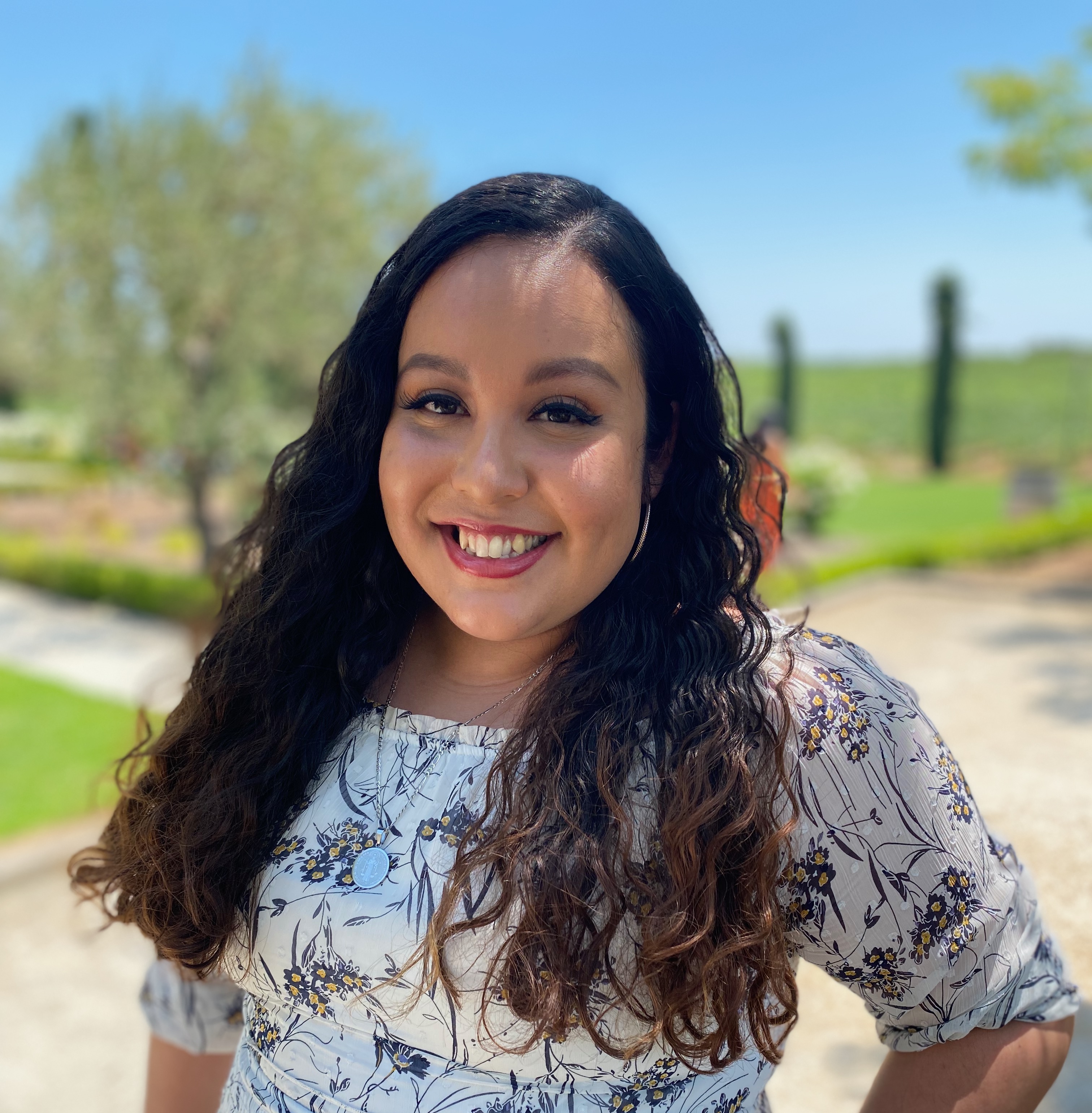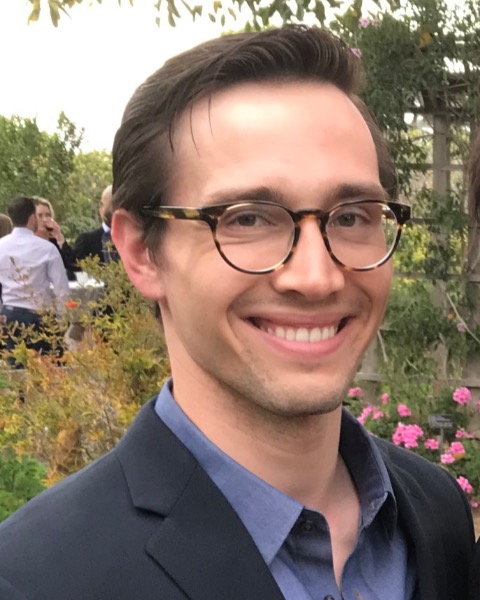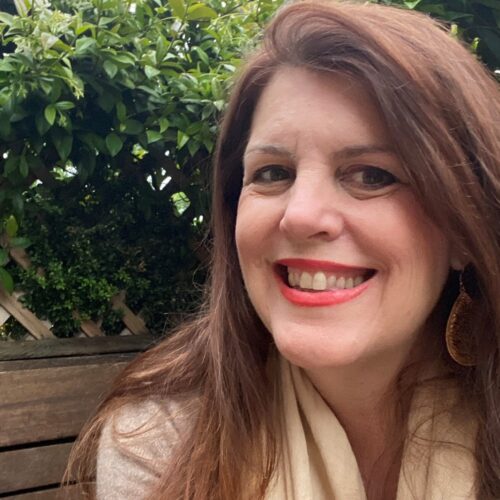Treatment - CBT
(PS3-80) Predicting Dialectical Behavior Therapy Response Using Machine Learning
- KW
Katherine Wislocki, M.A. (she/her/hers)
Graduate Student
University of California, Irvine
Irvine, California, United States 
Rosa Hernandez-Ramos, B.A. (she/her/hers)
PhD Student
University of California, Irvine
Irvine, California, United States
Aleeza West, None
Student
University of California, Los Angeles
Huntington Beach, California, United States
Robert M. Montgomery, M.A., Other
Research Scientist; Associate Director of Research
Woebot Health; CBT/DBT California
New York, New York, United States- AK
Alexandra M. King, Ph.D.
Assistant Director of Research
CBT California
Los Angeles, California, United States 
Lynn M. McFarr, Ph.D.
Founder/Exec Director
CBT California
Los Angeles, California, United States
Author(s)
Co-Author(s)
Background
Predictors of dialectical behavior therapy (DBT) response have been previously identified, such as baseline symptom severity and homework completion (Yin et al., 2022). Most of this literature has identified salient variables that predict treatment response in a controlled research setting; however, less work has aimed to predict treatment response to DBT within an outpatient community setting. As a result, little is known about the predictors of DBT treatment response in real-world settings. This research aimed to use a data-driven machine learning approach to understand the predictors of DBT treatment response in an outpatient community setting.
Methods
Data from 143 patients (64% female, 34% male, 2% non-binary or trans-identified, Mage = 31.42 years SDage = 10.70 years) enrolled in an outpatient DBT program in Southern California was used for analysis. Intake scores across patients were assessed using a least absolute shrinkage and selection operator (LASSO) regression model. The model was trained using ten-fold cross-validation and an alpha value of 1. Predictor variables comprised relevant demographic and baseline variables (i.e., other psychiatric and psychosocial experiences) that have been implicated in prior work. Dichotomized treatment response to DBT was calculated based on reliable clinical change (Jacobson & Truax, 1991), which was derived using intake and last assessed Borderline Symptom List (BSL-23) scores. Model performance statistics include accuracy and area under the receiver operating characteristic curve (AUC).
Results
Approximately 56.64% of individuals in the sample were classified as a treatment responder. Model classification was adequate (AUC = .79; Accuracy = 73%). Baseline BSL-23 scores were the only predictor retained in the model. Greater baseline BSL-23 scores were associated with a greater likelihood of DBT treatment response. When baseline BSL-23 scores were excluded from the model, model performance declined (AUC = .71; Accuracy = 64%), and no variables were retained in the model.
Discussion
Results indicated that baseline BSL-23 scores may be impactful in predicting DBT treatment response, such that higher BSL-23 scores at baseline may be associated with a greater likelihood of responding to DBT. More work may be needed to understand the variables that predict treatment response in DBT in real-world settings, including treatment response as understood through change across different variables like emotion regulation and psychosocial functioning. Given the high number of variables excluded here and prior work evidencing difficulties in predicting treatment response in therapies for borderline personality disorder (Barnicot et al., 2012; Herzog et al., 2020), it is likely that a greater sample size and an increased number of features may be needed to understand generalizable predictors of DBT treatment response in real-world settings.

.png)
